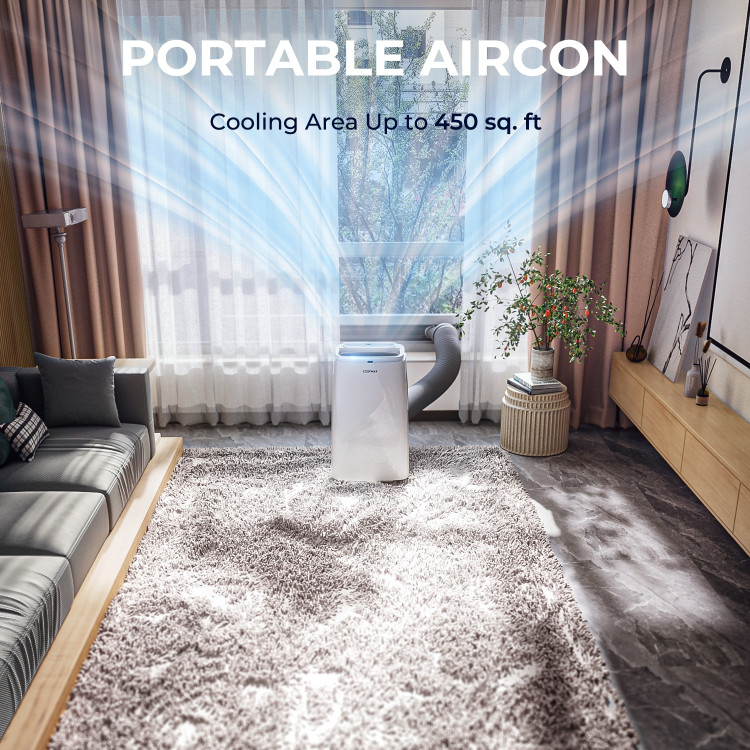When it comes to cooling our homes, two popular options that often come to mind are mini-split air conditioners and window units. Both of these systems serve the purpose of keeping our living spaces comfortable during hot summer months. However, there are some key differences between the two. In this blog post, we will delve into the dissimilarities between mini-split AC and window units, allowing you to make an informed decision when choosing the best cooling solution for your needs.
1.Installation:
One of the primary distinctions between mini-split AC and window units lies in their installation process. A window unit is a self-contained system that is typically installed in a window or a specially designed opening in a wall. On the other hand, mini-split AC consist of two main components: an indoor unit and an outdoor compressor. The indoor unit is mounted on a wall or ceiling, while the compressor is installed outside the building. The installation of a mini-split AC generally requires professional assistance and involves drilling holes for the connection between the indoor and outdoor units.
2.Cooling Capacity:
Another significant difference between these two different cooling systems is their cooling capacity. Window units are available in various sizes and cooling capacities, typically ranging from 5,000 to 25,000 BTU. They are best suited for cooling small to medium-sized rooms or individual spaces. Mini-split AC, on the other hand, offer a broader range of cooling capacities, from 9,000 to 36,000 BTU or more. This makes them suitable for cooling larger areas or multiple rooms, making them a preferable choice for whole-house cooling solutions.
3.Energy Efficiency:
Energy efficiency is a crucial factor to consider when selecting an air conditioning system. In this aspect, mini-split AC often outshine window units. Mini-split systems are designed to be highly energy-efficient, providing precise temperature control and allowing for zoned cooling. They have the ability to cool specific areas while conserving energy by not wasting cooling power on unoccupied spaces. Window units, while providing adequate cooling, are generally less efficient due to their self-contained design and limited control options.
4.Aesthetics and Noise Level:
If visual appeal and noise level are important to you, then these factors might influence your choice. Window units are visible from both the interior and exterior of the building. They can obstruct views, block natural light, and their noise can be disruptive, especially if installed in bedrooms or quiet spaces. Mini-split AC, on the other hand, have a more discreet and aesthetically pleasing appearance. With the indoor unit mounted high on the wall or ceiling, they blend seamlessly into the room decor. Additionally, mini-split AC tend to be quieter since the compressor is located outside, reducing indoor noise levels.
In summary, the decision between a mini-split AC and a window unit depends on your specific needs and circumstances. Window units are cost-effective and suitable for cooling small spaces, while mini-split AC offer greater flexibility, energy efficiency, and cooling capacity for larger areas or whole-house solutions. Consider factors such as installation requirements, cooling capacity, energy efficiency, aesthetics, and noise level to make an informed choice that aligns with your cooling preferences and budget.




















